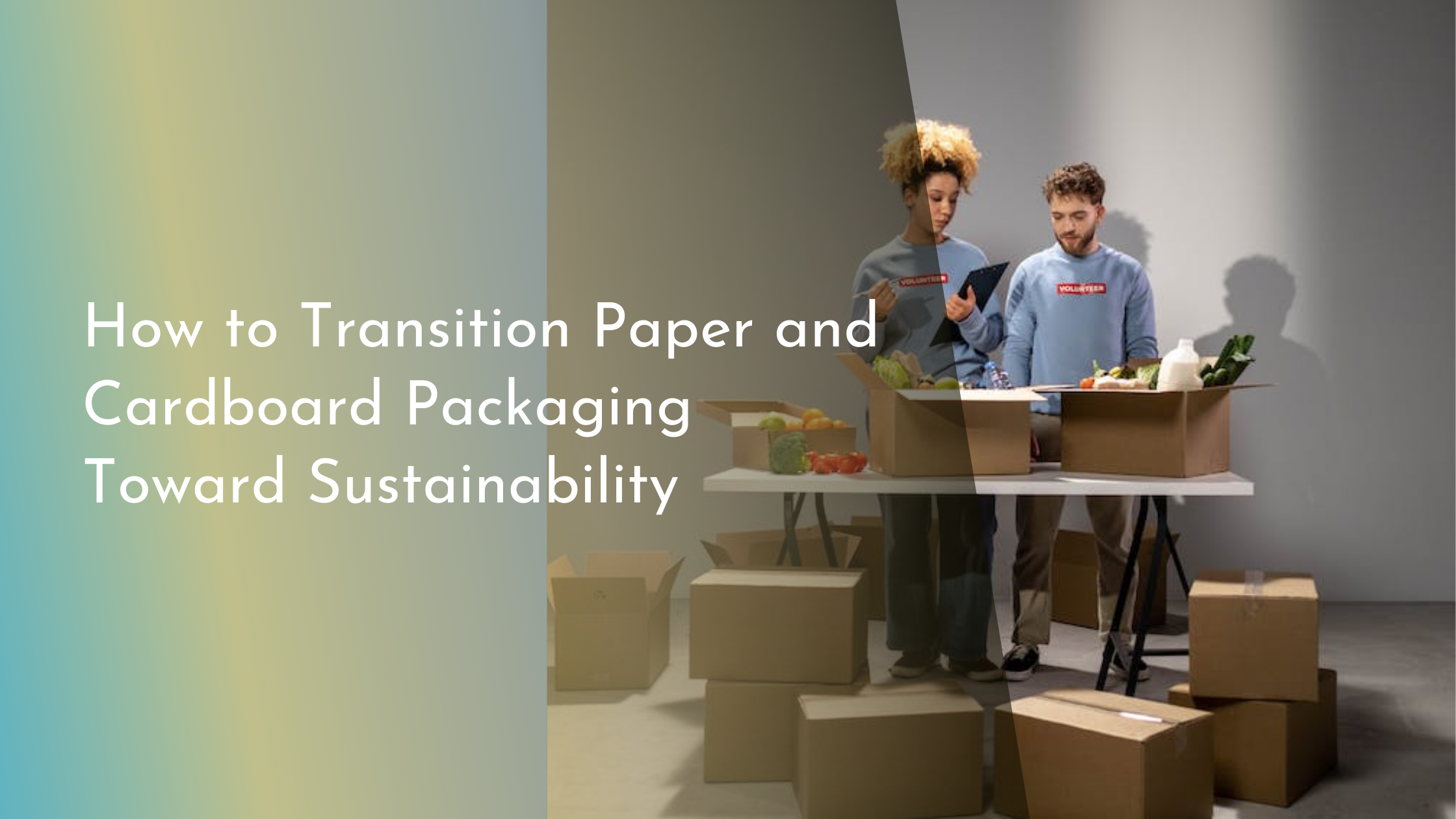How to Transition Paper and Cardboard Packaging Toward Sustainability
Packaging is an integral part of modern business, responsible for protecting goods and facilitating their transport. However, traditional paper and cardboard packaging often leads to significant environmental challenges, such as deforestation and waste. Transitioning to sustainable packaging alternatives is not only beneficial for the environment but can also enhance brand reputation and reduce costs. In this article, we explore how businesses can make this transition effectively, touching on the environmental impacts of current practices, identifying sustainable alternatives, implementing changes, and measuring success.
Understanding the Environmental Impact of Packaging
The environmental impact of paper and cardboard packaging is multifaceted, involving deforestation, water consumption, and energy use. Every year, millions of trees are harvested to produce packaging materials, contributing to habitat destruction and biodiversity loss. Additionally, the production process consumes large quantities of water and energy, leading to increased carbon emissions and resource depletion. By understanding these negative impacts, businesses can better appreciate the necessity of transitioning to more sustainable packaging solutions.
Moreover, much of the packaging waste ends up in landfills, where it contributes to pollution and occupies valuable space. Although paper and cardboard are more biodegradable than plastics, they still take time to decompose and can release methane, a potent greenhouse gas, if compacted in landfills. Recycling rates for these materials vary, and contamination in recycling streams can diminish the effectiveness of recycling programs. Therefore, businesses need to recognize the critical role they play in reducing waste and advocating for improved recycling systems.
Identifying Sustainable Alternatives for Packaging
When looking for sustainable alternatives to traditional paper and cardboard packaging, businesses should consider options that prioritize the use of recycled materials and sustainable sourcing. Recycled paper products, for example, reduce the need for virgin materials and help close the loop in the material lifecycle. Additionally, materials certified by organizations like the Forest Stewardship Council (FSC) ensure that they come from responsibly managed forests that prioritize ecological health.
Innovative materials, such as plant-based and biodegradable options, present additional possibilities for sustainability. These materials can offer similar or improved functionality while minimizing environmental footprint. For instance, packaging made from agricultural by-products, such as bagasse (sugarcane fiber), can serve as a viable alternative to traditional paper products. By exploring these options, businesses can find suitable materials that align with their sustainability goals without compromising on quality.
Implementing Changes in Packaging Processes
To successfully implement sustainable packaging changes, businesses must first conduct a thorough assessment of their current packaging processes. This involves evaluating the entire packaging lifecycle, from material sourcing to end-of-life disposal, to identify areas for improvement. Collaborating with suppliers who share a commitment to sustainability can facilitate the transition, as they can provide insight into eco-friendly materials and practices already in place within the industry.
Training and engaging employees is also crucial in the transition process, as they are often the ones directly handling packaging tasks. By fostering a culture of sustainability within the organization, businesses can encourage innovative thinking and experimentation with new materials and methods. Moreover, clear communication of the benefits and goals of sustainable packaging can inspire employees to contribute to the company’s environmental objectives, ensuring a smoother transition toward sustainability.
Measuring Success and Continuous Improvement Strategies
Once changes have been implemented, measuring the success of sustainable packaging initiatives is essential to ensure their effectiveness and identify further opportunities for improvement. Businesses should establish clear metrics and indicators, such as reductions in material usage, waste generation, and carbon emissions. Tracking these metrics over time can help companies assess the impact of their efforts and make data-driven decisions moving forward.
Continuous improvement strategies are vital in maintaining momentum and adapting to new challenges. Businesses should stay informed about advancements in sustainable packaging technologies and practices to remain competitive and environmentally responsible. Regularly revisiting and revising packaging strategies based on feedback and new information can help businesses refine their approach, ensuring that their packaging solutions remain aligned with both environmental goals and consumer expectations.
Transitioning paper and cardboard packaging toward sustainability is a journey that requires commitment, innovation, and collaboration. By understanding the environmental impacts of traditional packaging, identifying sustainable alternatives, implementing effective changes, and measuring success, businesses can significantly reduce their environmental footprint. Sustainable packaging not only benefits the planet but also enhances brand loyalty and contributes to long-term business success. Embracing these changes today sets the stage for a more sustainable future for generations to come.

